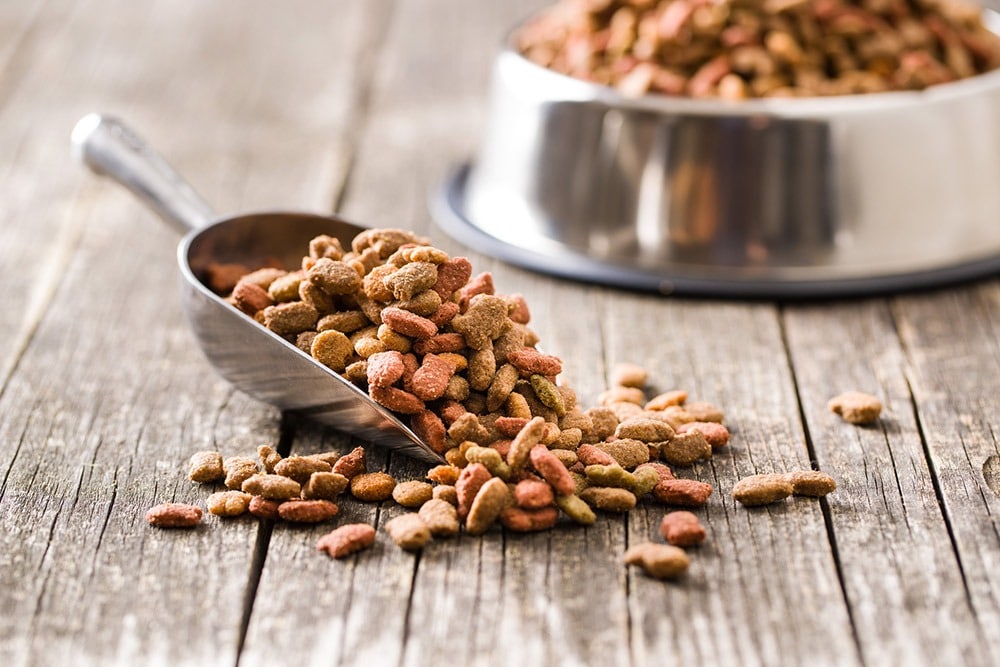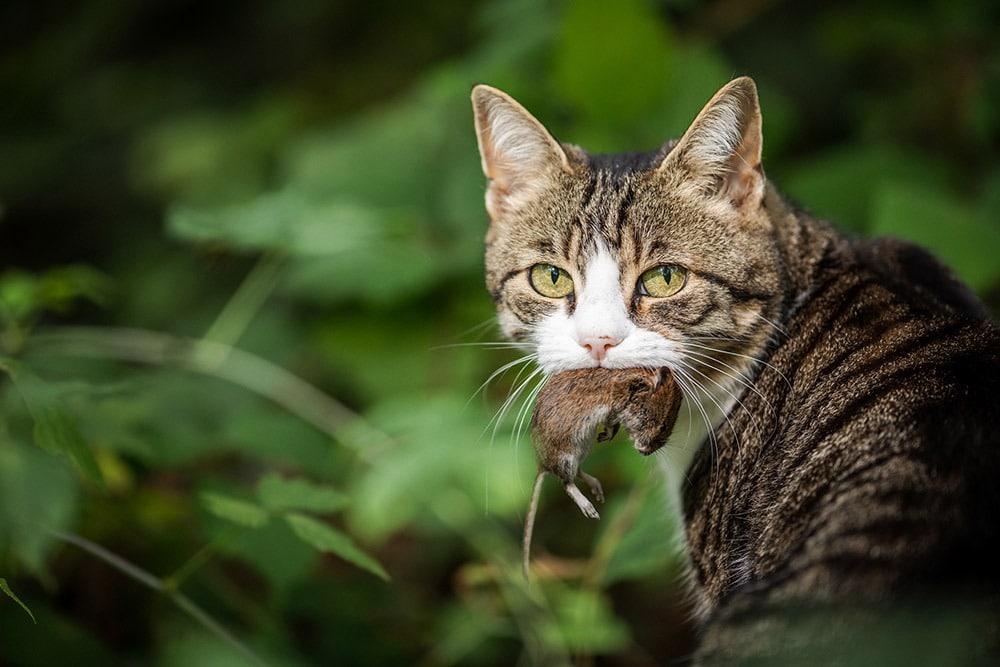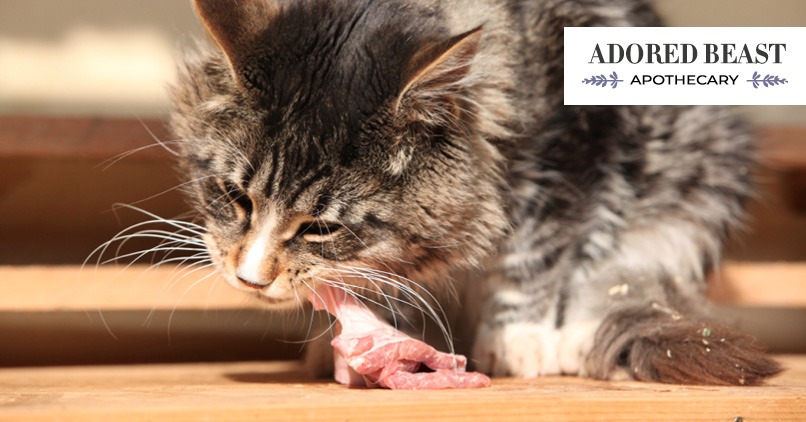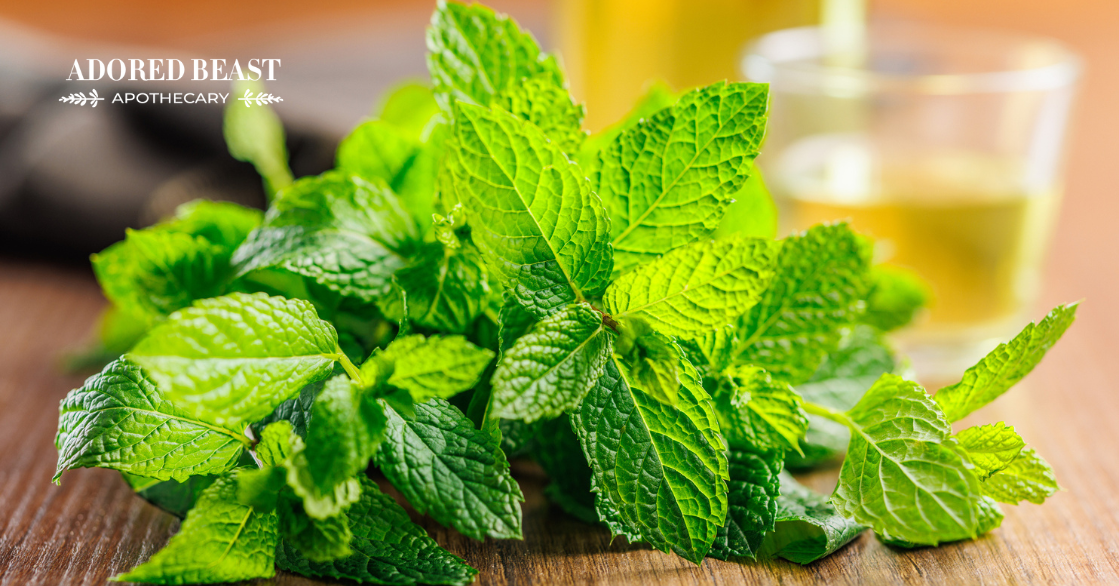Did you know that cats are a newly domesticated species? And when it comes to cat nutrition, we often fall short of providing them with the nutrition they need in order to sustain quality of life. Below, we’ll study the science behind feeding cats correctly for disease prevention and quality of life.
Of all the animals we’ve chosen to share our lives with, cats have the shortest history in human civilization. Until approximately 5000 years ago, cats were wild. They didn’t have the worldwide relationship with humans that they have today. Historically, cats were prized for their predatory nature, for keeping vermin in line in human colonies. In Egyptian culture, cats reached God status. One of their most famous Gods, Bastet, a cat/human hybrid, was worshipped as the Goddess of protection from contagious diseases such as the plague that was carried by rats. Cats were allowed to breed and live freely in Egyptian villages in order to protect them from evil spirits and disease. Vast numbers of honoured mummified cats have been discovered buried in the tombs of ancient Egyptians. Scientists believe that this was the beginning of their domestication.
In the modern world, to say that cats (and cat nutrition) are misunderstood is an understatement. They have been bred to have a number of colors, shapes, sizes, and coat lengths, but their predatory anatomy, behaviour, and unique metabolism remain. Over the past 100 years, most humans have moved away from rural life to living in houses with less interaction with the outside world. Many of us have brought our cats inside too. Not only have we muted their lifestyle and natural behaviours, we have gone completely off-course when it comes to nutrition. This article isn’t so much about “the how” of cat nutrition but “the why.” Let’s go back to the basics of what makes cats so unique and why it’s impossible to sustain their health and well-being with modern feline husbandry practices.
Modern Day Cat Nutrition
One of my passions is learning and teaching people about the origin of species. I believe this is the best way to keep their well-being in mind. Cats are a particularly important subject for me. It is estimated that there are approximately 600 million to 1 billion domestic cats living around the globe today. Those numbers are growing as human life becomes more urbanized. As the human population rises, smaller living quarters are becoming the norm. In our human minds, it’s harder to keep a German Shepherd in a 400 square foot apartment than it is to keep a smaller animal such as a cat. The problem is that most cats don’t get taken for walks and even if we did walk them, it would be hard to exercise them enough. The African wildcat (the cat’s wild relative) has a home range estimated at about 4 square kilometers. Remember, cats are a recently domesticated species. They still need to move a lot to stay healthy and to keep their metabolism functioning correctly. This is one of the faults of modern day cat husbandry.
The second fault is the way we feed them. Today’s pet food industry has gone so off-course that it’s hard to comprehend how we even got here. 100 years after the creation of processed cat diets, people have forgotten what they are supposed to eat and believe that what is being offered on the market is what’s best for their pets. Even the most trusted animal professionals, our veterinarians, have been roped into believing this absurd concept. It is widely taught in vet school that processed diets are the one and only way to feed cats, with many even going so far as to say that fresh food is dangerous. Keep in mind that the veterinary industry is the ONLY medical profession that recommends processed feed over fresh food. The history behind how this happened is subject for a different day.
But for now, let’s talk about 2 very different aspects of cat nutrition – the concepts of “feed” vs. “food.”
“Feed” Vs. “Food”
Feed: Processed feed is a blend of various raw materials, waste materials, and additives. Ingredient sources for animal feed may include household food scraps and waste by-products from industries including meat, milling, and brewing. They are formulated into rations, highly heat-processed, and formed into pellets, meals or crumbles.
Feeds are formulated according to the specific known requirements of the target animal. The nutritional requirements for each species are dictated in the USA and Canada by the American Association of Feed Control Officials or AAFCO.
Some of the most common animal feed stuffs include grains like wheat, corn, soy, oats, barley and sorghum (and, yes, they use a lot of grains in cat feed). Often times they aren’t even whole grains, only by-products. Meat sources for animal feed are often questionable and fall under the category of by-products or meal which isn’t anywhere close to resembling whole prey. The foodstuffs are rendered at high temperatures before being cooled and mixed with synthetic vitamin/mineral premixes. These premixes contain (to the best of our knowledge) nutrients lost in the rendering process and nutrients that just never existed in the formulation due to the low quality of the ingredients. Premixes may also contain chemical preservatives, taste enhancers and colorants, some of which are classified as known carcinogens. No matter how much we think we know, we cannot deconstruct nature and think we can put it together again in one piece.

Food: Food is any substance in nature that serves as a source of nutrition for animals or plants to sustain life and growth. In nature, nothing is rendered, extruded or synthesized. It is never pulled apart and stuck back together like some type of nutritional Frankenstein. The puzzle pieces are all there, occurring in their natural and unaltered form, ready to be used as food for the species that seeks it out. As horses naturally seek out grass, cats naturally seek out prey. We don’t call grass “horse food” because it’s food for a variety of animals all over the planet. It is simply a source of food for those animals who have evolved to eat it. A bird of prey would not recognize grass as food and would die before consuming it to sustain itself. Even if it did eat it, its bodies wouldn’t obtain the right nutrients from it. The same goes for cats.

In short, there is no such thing as “cat food.” There is only food. And which types of food are appropriate for each species is determined by their ancestry. When we are looking for optimal nutrition of a species, we need to look at their most closely related wild ancestors to determine the best foods for them. The cat is a predator. Everything in their being tells us this is so. It is in their behaviour, their physical appearance, and is even scientifically evident on a cellular level. From their eyes to their whiskers, their teeth to their tails, they are hunters through and through. They are known as obligate carnivores.
What is An Obligate Carnivore?
Cats are categorized as obligate carnivores, meaning they must have meat in their diet to survive. There is no such thing as a vegetarian cat.
The study of metagenomics is a branch of science that explores how environment shapes genetics. The environment determines the type of food an animal has access to and has a huge role on the evolution of a species. Nutrigenomics is another fascinating field of science that studies how nutrition affects gene expression. We can learn so much about how to feed cats correctly from this kind of research. Pet food research is much less promising when it comes to finding true answers because funding is often provided by the pet food companies themselves. Look for independent studies in your search for the answers to feeding your pet for health and longevity. There are some studies of this nature for how fresh food benefits dogs, but nothing recent has been done on cats. We can, however, look at their digestive metabolism to help us understand their nutritional needs.
So what exactly is an obligate carnivore? We all know a cat’s body shape and behaviours point to this term but what happens on a cellular level? The cat’s physical form has been sculpted by its nutritional requirements. The metabolic pathways they have developed came about to be as efficient as possible for eating meat.
Below are 8 metabolic oddities of the cat. Keep in mind that these are merely the things we know. And for every one thing we do know, there are many we don’t. Cats are missing several metabolic pathways that allow other mammals to make nutrient conversions in the body. In order to meet their nutritional requirements, cats need to consume meat. The following are considered essential for cat nutrition and occur naturally in a pre-formed state in meat:
- Retinol (Vitamin A) – Cats don’t have the ability to covert beta carotene into vitamin A. (1) The exact reason (if you’d like to get nerdy) is that they lack or have limited activity of an enzyme called β-carotene 15,15′ dioxygenase (try saying that 3 times fast).
- Niacin (Vitamin B3) – Felines have lost the metabolic pathway that allows most mammals to covert tryptophan into niacin which involves liver enzymes that the cat can’t make.(1)
- Vitamin D – Cats do not get their vitamin D from the sun. It has been shown that even shaved cats who are allowed to sit in the sun can have vitamin D deficiency if it’s not in the diet. (1) Prey animals (birds and rodents) were analyzed and found to have particularly high levels of dietary vitamin D and this is where cats need to obtain it from. And no, it isn’t the same as giving a vitamin D supplement!
- Arginine – Cats are missing the enzymes that convert the amino acid citrulline to arginine in the intestine. (1)They require daily dietary sources of arginine from meat.
- Taurine – Cats cannot convert the amino acids methionine and cysteine into taurine. Luckily, it is found in high concentrations in muscle meat and heart tissue. (1)
- Essential Fatty Acids – Cats can’t synthesize arachidonic acid, EPA and DHA from linoleate because of low desaturase activity (another liver enzyme). (1)
- Lack of GKC– The cat’s liver also doesn’t produce an enzyme called glucokinase. That’s the enzyme that helps convert and store glucose from starch. Alternatively, cats have adapted to regulate their blood glucose entirely with protein. (2) This is easy if they’re eating species-appropriate foods.
- Low Pancreatic Amylase – Amylase is the enzyme that allows us to digest starch. Cats have adapted to eating very little starch and so the pancreas has reduced amylase output. (2)
These traits all point towards the carnivorous ancestry of the cat. Remember, this is what we DO know about cat metabolism. But we don’t know everything. That’s why it’s so important to stick to an ancestral diet to ensure you’re not missing things.
The Problem with Cat Feed
Cat feed (kibble) is formulated as per the American Association of Feed Control Officials (AAFCO). While AAFCO guidelines can give us clues to help us feed our animals, they aren’t going to help if we’re looking for optimal cat nutrition. The problem with AAFCO is threefold:
- Most AAFCO nutrient requirements are based on the minimum amount required to avoid nutritional deficiency, not optimal levels for health.
- AAFCO doesn’t recognize the difference between naturally occurring nutrients vs. synthetic ones. It also doesn’t recognize some nutrients at all, eg. enzymes, phytonutrients, and some fatty acids.
- Ingredients that are allowed to be used in feed can include things considered to be waste products: low quality, inedible, or not fit for human consumption. Eg. corn starch, meat and grain by-products, peanut hulls, soy bean hulls, old restaurant grease, and other ingredients that might make you feel a bit ill, are are considered acceptable in cat feed.
AAFCO can help us find a starting place but it isn’t the holy grail of animal nutrition. Fresh foods have gotten a bad reputation for being dangerous to feed to animals but processed feed has its own dangers. Some of the scariest FDA pet food recalls that happen each year are processed pet feeds: eg. the accidental overdosing of fat-soluble vitamins leading to death (eg. vitamin D), aphlatoxins, mycotoxins (from rotten grain products) and, yes, even salmonella and e. coli which raw pet foods have been unfairly singled out for. (3)
The Most Important and Unrecognized Ingredient of All: Water
When it comes to cat nutrition, a frustration I have with the pet food industry is that AAFCO has a seemingly “take it or leave it” attitude when it comes to moisture content in food. But… did you know that water is actually a nutrient? It’s arguably the most important nutrient of all. This is especially true for cats.
Cats have a low thirst drive, meaning they don’t feel thirsty until they are well on their way to being severely dehydrated. Scientists believe that since the African Wildcat lives in such a hot climate and obtains much of its water from food, it has adapted to drinking very little water.
And, the act of drinking water to stay hydrated vs. eating moist food are not equivalent. When I’m talking to clients about their cats, I am a little obsessed with the amount of water they drink. And a lot of cat parents believe that if they see their cat drinking water regularly, that’s a good thing… It’s really, really not.
The Waltham Petcare Science Institute showed that cats cannot properly hydrate themselves when given dry food and fresh water to drink. (4) They also concluded that there was a lower incidence of urinary crystals and stones in cats fed high-moisture diets vs. dry food diets.
Sadly, there are no long-term studies that prove that dry food diets cause kidney failure in cats, but all the arrows are pointing in that direction. Chronic long-term dehydration from eating a dry diet puts your cat at risk for the development of chronic kidney disease which is all too common among aging cats.
Dietary Disease
The 5 most prevalent non-infectious chronic diseases in modern cats according to the Banfield Veterinary Report are:
- Obesity
- Diabetes
- Dental disease
- Kidney disease
- Skin allergies
What do all of these diseases have in common? They all have a definite nutritional component! I would even go so far as to say that, in my experience, these are largely nutritional diseases. Over the next several months, I’ll go through each of these in the context of cat nutrition and unravel the mysteries of why so many of our furry friends are suffering from these illnesses. We’ll also discover what we can do to prevent and improve them with cat-specific nutrition.
So, there’s some kitty food for thought. I hope these concepts help you to understand the unique nutritional needs of cats and I look forward to sharing more with you soon. Thanks for reading!
References:
- Oxford Journal of Nutrition: Cats Absorb β-Carotene, but It Is Not Converted to Vitamin A, 2002
- Frontiers in Endocrinology: Normal Glucose Metabolism in Carnivores Overlaps with Diabetes Pathology in Non-Carnivores, 2013
- FDA Animal Veterinary Recalls Database
- Waltham Petcare Science Institute (Cambridge University) Effect of dietary water intake on urinary output, specific gravity and relative supersaturation for calcium oxalate and struvite in the cat, 2011












